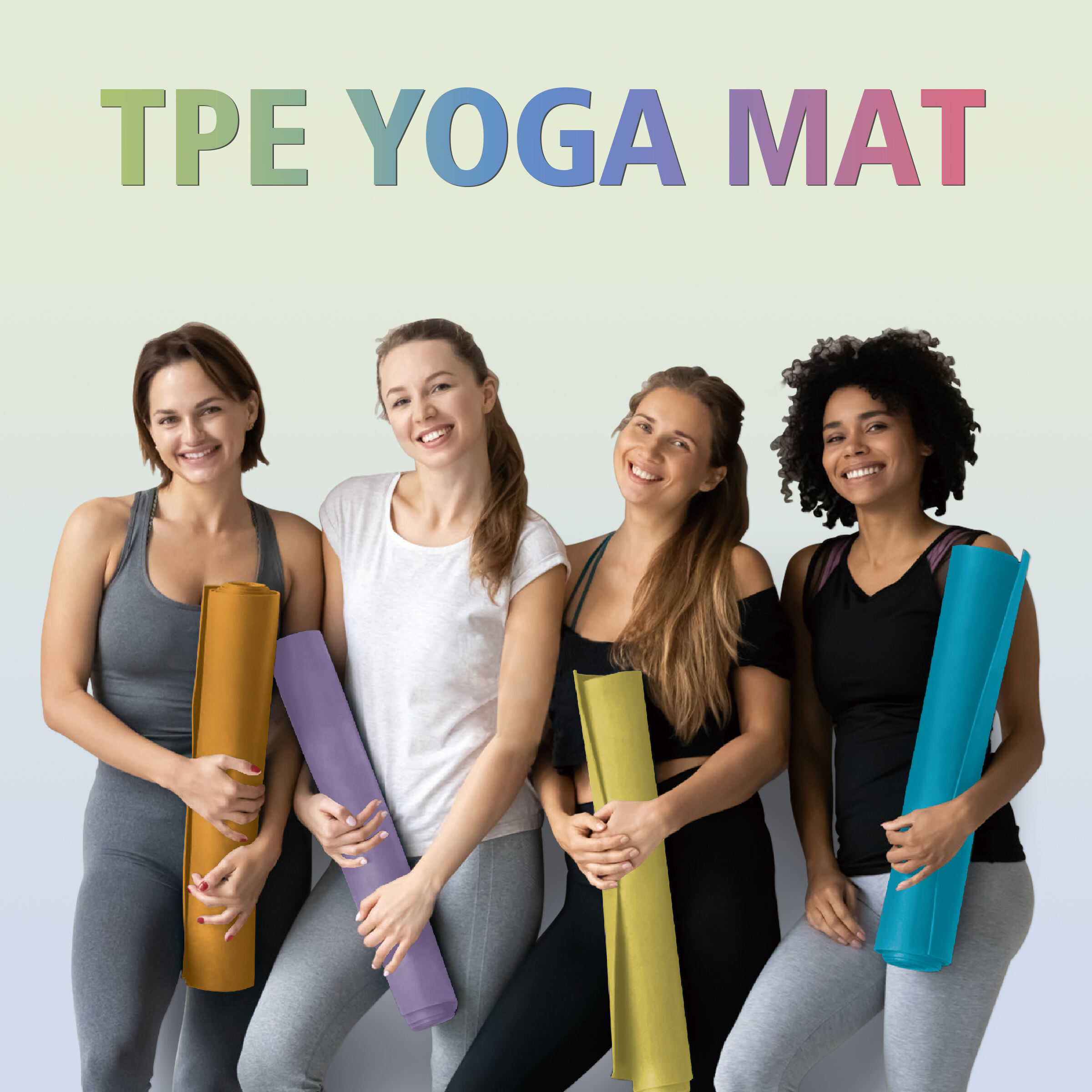Selecting the proper yoga mat requires taking many factors into consideration, one of which is the impact of the material yoga mat is made of. EVA foam, liked for its comfort and durability, has grown in fame among yoga lovers. In this article, we will discuss the different types of EVA foam, their advantages, and how to purchase the right one that best suits your yoga mat requirements.
EVA foam, which stands for ethylene-vinyl acetate, is an exceptionally lightweight and bendable material that provides yoga practitioners with great elastic support and cushioning. In addition, EVA foam is UV resistant and moister proof which makes it a great fit for outdoor enthusiasts. The most notable characteristic of EVA foam is EVA's non slip surface which is imperative to preserving balance and stability during complex yoga poses.
While using EVA foam for your yoga mat be sure to take the level of density into account. If you need a more durable mat then a high density foam mat is perfect for you. For those who practice softer yoga, a low density foam mat would be perfect as it is more comfortable. Finding a perfect balance aids in increasing the comfort while practicing yoga as one would want to align it with the firmness preferences.
Another important factor to take into account is the dimensions of the EVA foam yoga mat and the thickness of the yoga mat. EVA foam mats are usually between 1/8 and 1/4 inches thick. For those suffering from joint pain, thicker mats offer extra cushioning, which is also helpful for beginners. Nonetheless, greater thickness can lead to decreased stability in certain poses. Thus, it is important to strike a balance between the thickness and the practice style.
Along with density and thickness, texture is one of the properties of EVA foam that could impact your decision. For ease of grip, some mats have smooth surfaces while others have a textured finish. A textured surface may be beneficial in hot yoga or for those who sweat a lot, as it helps in preventing slipping. Conversely, a gentle flow may be better suited for those who prefer smooth surfaces.
Lastly, remember to think of the environmental footprint of your yoga mat. Even though EVA foam is noted to be more eco-friendly than PVC, not all EVA foams out there will suit this criterion. Mats constructed from closed cell EVA foam which has a lesser tendency to absorb moisture and odors are highly desirable. Further some manufacturers produce mats free of toxic chemicals and use sustainable processes which is a plus.
To wrap up, choosing an EVA foam yoga mat requires considering its density, thickness, texture, as well as environmental influences. With proper understanding of these factors, one can make an enlightened choice that improves their yoga practice with their specific needs. Increasing demand is leading to innovation in the quality of yoga mats and manufacturers are introducing new materials and designs to suit varying tastes. Keeping abreast of the evolving designs of yoga mats will enable one get the most appropriate mat for their yoga practice.




